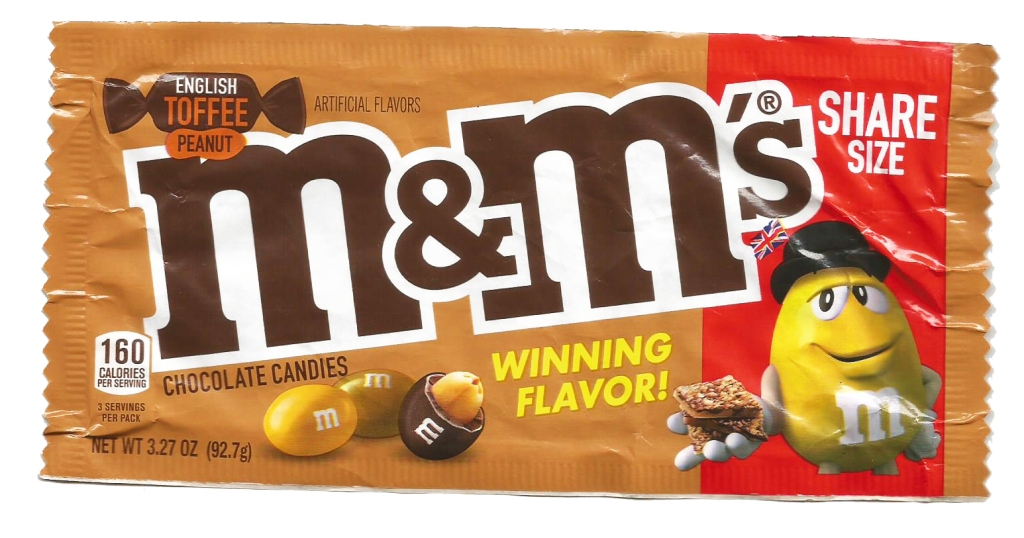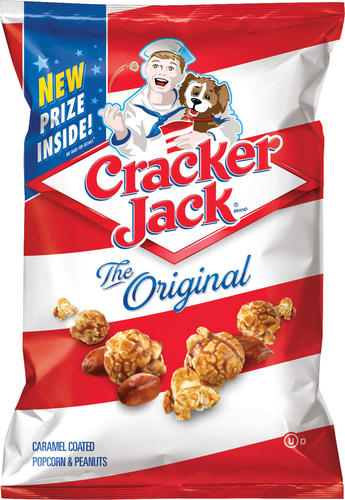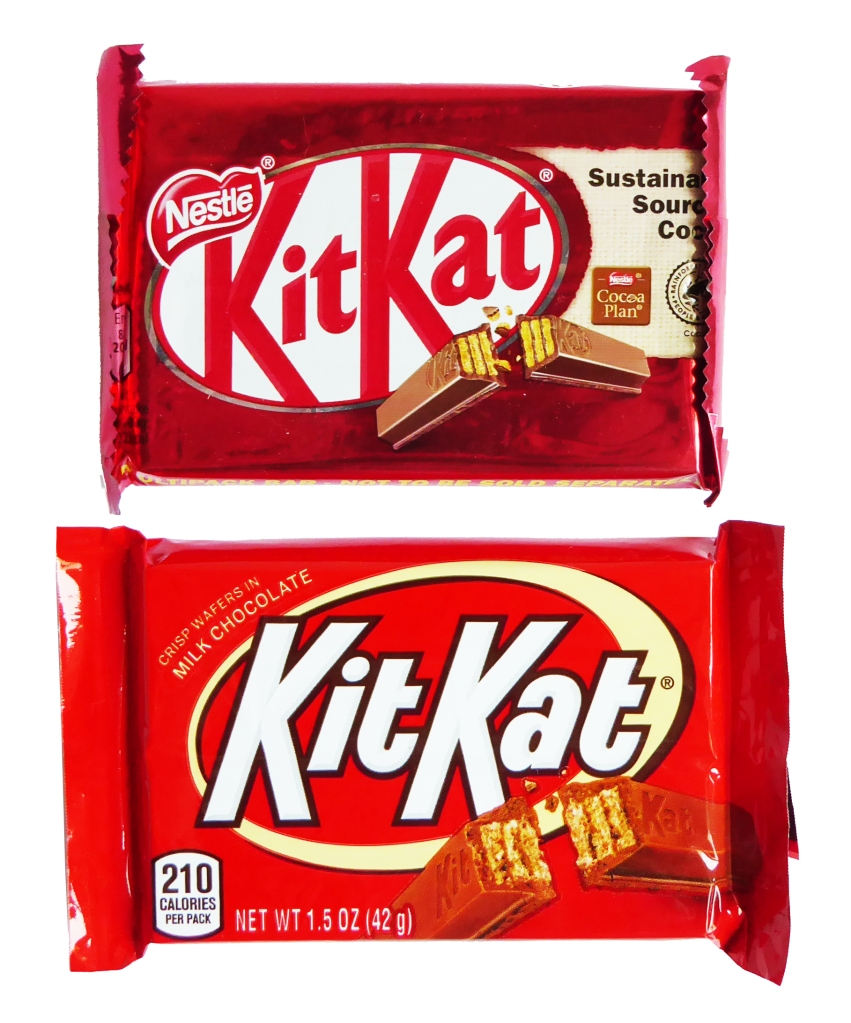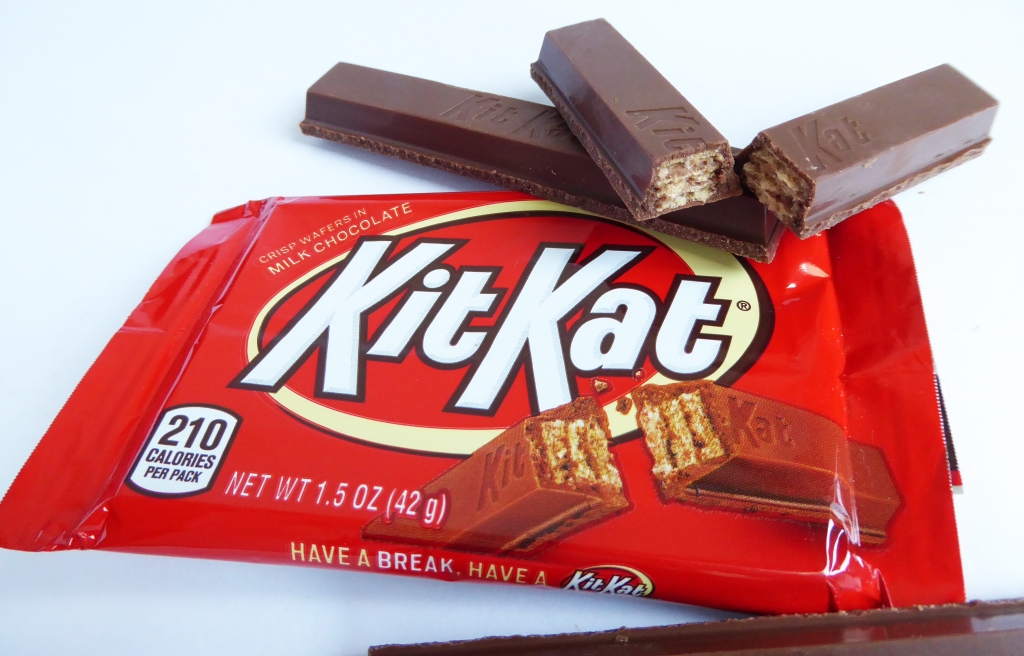It’s Wrapper Wednesday! And in a few weeks I’ll be going back home to the UK for the first time in two years after emigrating to the USA; and naturally my mind turns towards English food…but, what do the American’s think ‘English toffee‘ is? Let’s take a look at this themed peanut M&M’s wrapper and mull it over…

M&M’s (1941) are well known for their wide range of varying, limited edition flavours. Whether they be chocolate, crispy, peanut or pretzel, these candy-coated chocolate beans that ‘melt in your mouth, not in your hand’ are always creating new ways to bring new tastes to [American] snackers.
In 2019 Mexican Jalapeño Peanut, Thai Coconut Peanut and English Toffee Peanut M&M’s hit the shelves in a competition that would see the consumer’s favourite added to the M&M’s roster – the latter being dubbed the winner, as you can see from this wrapper.
But what is ‘English toffee‘? As an English woman I would describe our toffee as rich, buttery like caramel with a dense, sticky chew. Broken apart by miniature hammers, specifically created to smash tablets of toffee, English dairy toffee is both indulgent and down-to-earth. Whether you prefer to unwrap coins or chunks of it out of wax paper wrappers, and nibble off the remaining sticky bits, or prefer to chill it and give it a satisfying whack with a toffee hammer or on the side of the kitchen counter; it’s nothing like what the American’s have dubbed ‘English toffee‘.
Every example of American ‘English toffee’ that I have sampled has resembled more of a ‘Daim‘ bar than a chunk of chewy, milky delight. Also called ‘buttercrunch‘, it is sweet, nutty and brittle. It is dry and shatters, eventually getting stuck in between your teeth after several sharp chomps. Albeit tasty, there’s nothing ‘English‘ about this confection, but it appears that this particular name has stuck on this side of the pond and reflects an Americanized version of this traditionally hand-made confection.
This, along with how Americans seem to constantly misidentify cottage pie with shepherd’s pie (shepherd’s pie has lamb in it, lamb), is just something I’ll just have to mentally correct in my mind whenever I see it.
But! This wrapper is just a little bit of fun international flavour fun; with a bowler hat and a miniature union flag, it rather suits the Peanut M&M mascot! M&M’s branding is so strong and uniform; their wrappers and endless seasonal flavours will always be appealing.












